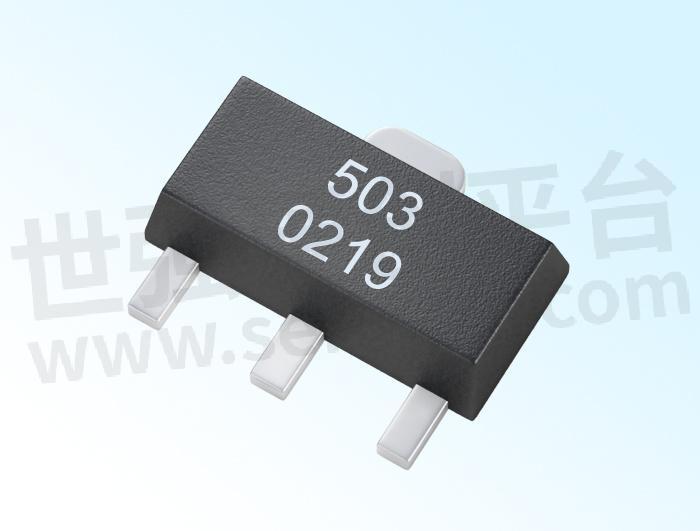Hall Effect Sensors- Which Is Best for Your Design?

Hall Effect Sensors are Utilized in a Wide Selection of applications, Such as factory and process automation, construction, home, and office automation,clinical Programs, Freedom and robotics controls, farming and heavy machines, backyard and power tools, and household items like washing machines, tumble dryers, induction stoves, and heating and cooling (HVAC) systems. With possible applications in so many programs and lots of kinds of Hall detectors available, we're often asked which is best at a given layout.

Hall Switches Turn On or Off Based On Fixed Threshold Level Comparisons
Linear Hall Sensors Provide Proportional Outputs Based On Magnetic Field Strength
Direct Angle Sensors Compare Signals Along More than One Plane
When designing Hall Sensors into software, price is an obvious consideration. Prices can fluctuate based on lots of variables. These can include:
Type of sensor
Volume
Features and options
Pin types
Outputs
Temperature ranges
Package configurations
Packaging method
- +1 Like
- Add to Favorites
Recommend
- Where Are Hall Effect Sensors Used?
- What Should You Know About Hall Effect Sensors?
- Do You Know the Application of Hall Effect Sensors on Smartphones?
- 2 Reasons To Choose Induction Over Hall Effect Sensors
- How to Measurement Hall Effect Sensor?
- How to Distinguish Between Hall Sensor and Wiegand Sensor?
- SLKOR SLSS451A-9 Hall effect sensor: Stable and Reliable Multifunctional Components
- SLKOR Hall Sensor SL1619SH: The Extensive Application of Multifunctional Hall Sensors in Modern Life
This document is provided by Sekorm Platform for VIP exclusive service. The copyright is owned by Sekorm. Without authorization, any medias, websites or individual are not allowed to reprint. When authorizing the reprint, the link of www.sekorm.com must be indicated.






























































































































































































































































































































































































































































































































































































































































































































































































































































































